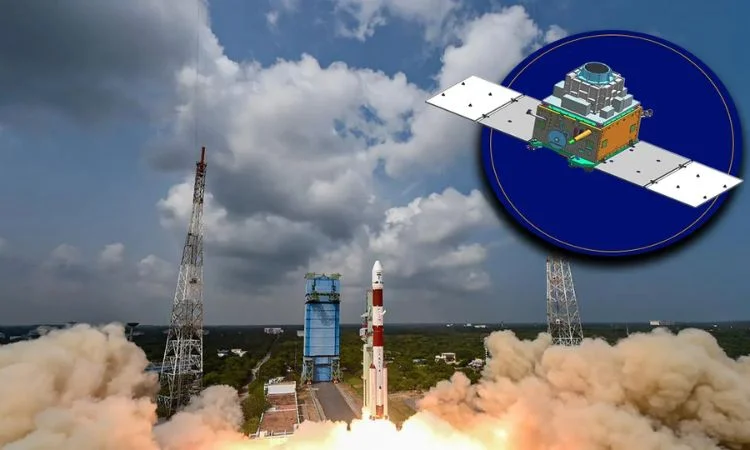With payloads investigating X-ray sources as the spacecraft travels through Earth’s shadow during the eclipse period, the mission is expected to last roughly five years.

ISRO, the Indian Space Research Organisation, is eager to send its very first X-Ray Polarimeter Satellite, named XPoSat, into space. This mission has set sights on investigating the polarization of vigorous X-ray sources, thereby contributing to the array of knowledge about India’s space-based X-ray astronomy. ISRO has had different project priorities before, such as image capture, time-domain research, and spectroscopy. However, the XPoSat mission steps up, promising to enrich X-ray astronomy in a novel way, according to ISRO.
XPoSat is intended for low-orbit observation (LEO).
XPoSat is a spacecraft intended for observation from Low Earth Orbit (LEO) at an altitude of approximately 650 km and a low inclination of roughly 6°. Two scientific payloads carried by the satellite will help with the simultaneous study of the spectrum, temporal, and polarization features of powerful X-ray sources.
The primary payload Polarimeter Instrument in X-rays (POLIX), which is backed by numerous ISRO centers and was built by the Raman Research Institute in Bengaluru (RRI), is designed to measure polarimetry parameters in the medium X-ray energy range, according to ISRO. This payload consists of a scatterer, a collimator, and four X-ray proportional counter detectors.
The Indian space agency went on to say that the X-ray Spectroscopy and Timing (XSPECT) system was created by the UR Rao Satellite Centre (URSC) and offers quick timing and superior spectroscopic resolution in soft X-rays. Black hole binaries, active galactic nuclei, and X-ray pulsars are just a few of the sources that XSPECT can detect.
XPoSat satellite’s primary goal
Identifying X-ray polarisation produced by X-ray sources in the 8-30 keV energy range and doing long-term spectral and temporal studies of cosmic X-ray sources in the 0.8-15 keV energy band are the main objectives of the project. With payloads investigating X-ray sources as the spacecraft travels through Earth’s shadow during the eclipse period, the mission is expected to last roughly five years.
XPoSat’s utility stems from its ability to serve as a diagnostic tool for investigating the geometry and radiation mechanism of celestial sources. Isro continued, stating that by examining the X-ray polarisation signals of pulsars, researchers may determine the mass and spin of accreting black holes, investigate accretion flow, outflow, and jets, estimate strong magnetic fields, and reveal the radiation zone and particle acceleration processes.
In order to maximize research outputs, ISRO has arranged a one-day user meeting for May 25. The meeting will bring together national professionals from 20 institutes and universities. The Imaging X-ray Polarimetry Explorer (IXPE) mission of NASA indicates that X-ray polarization research is becoming more and more relevant on a global scale.
XPoSat satellite is expected to revolutionize scientists’ understanding of emission mechanisms.
According to ISRO, XPoSat’s polarimetry observations will transform our understanding of emission processes from many sources. As per ISRO, this could be hugely beneficial to everyone by helping us understand the workings of space objects such as black holes and neutron stars.
The plan is for the Polar Satellite Launch Vehicle, or PSLV, to send off the XPoSat satellite. It will leave from the Satish Dhawan Space Centre. This place is in Sriharikota.














